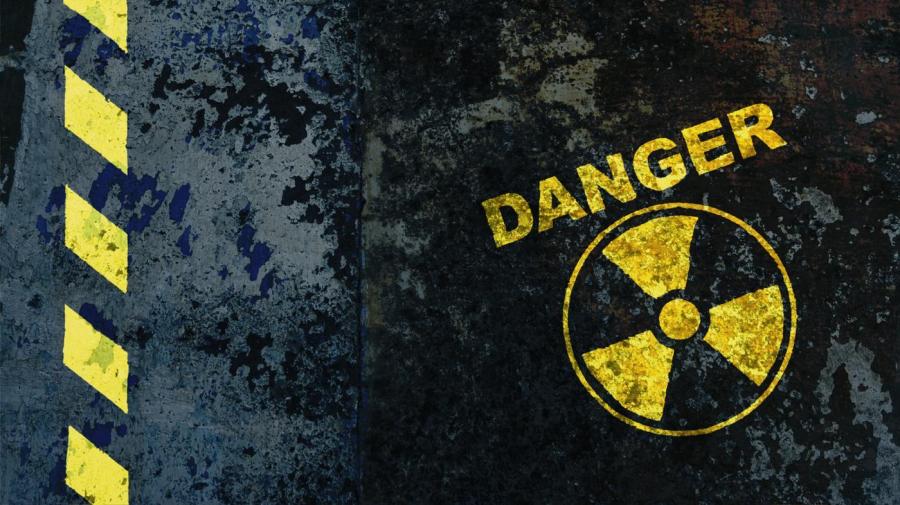How Do You Calculate Radioactive Decay?

An element’s radioactive decay can be determined through a single equation which requires imputing the isotope’s half life, its rate of decay and the decay time since the rate of decay is measured.
Every isotope has its own half-life. The half-life is the amount of time it takes for a given quantity of the isotope to lose half of its radioactivity. It is a constant and can be found in reference material. The rate of decay, also referred to as the activity of the isotope, is not a constant because it is dependent on the amount of material being measured. This number is measured in atoms per second and then converted to a mathematical unit called a curie. If trying to determine the radioactive decay at the exact moment that the activity is measured, only these two numbers are required for the equation. The radioactive decay is determined by multiplying the rate of decay and the half-life.
However, to determine the decay at different times after measuring the activity, find the natural log of the time elapsed divided by the isotope’s half-life. Then multiply that number by the calculated rate of decay taken at the time referenced by the equation.





